Moving day is an exciting milestone, but it can also be a source of stress, especially when it comes to protecting your home’s floors and walls. Whether you’re moving out of a historic Old Town Alexandria rowhouse or into a modern condo, the risk of scuffed hardwood, scratched tile, dented drywall, or chipped paint is real. Fortunately, with the right strategies and materials, you can keep your property in pristine condition throughout the moving process.
In the center of Alexandria, VA, Reputation Movers are established experts in local and long distance moving. If you have any questions after reading this guide, please reach out.
Why Floor and Wall Protection Matters During a Move
Preserving Your Home’s Value and Appearance
Floors and walls are among the most vulnerable parts of your home during a move. Heavy furniture, sharp-edged boxes, and appliances can easily cause scratches, dents, or stains. These blemishes not only detract from your home’s appearance, but can also lower its value, especially if you’re preparing to sell or rent. Even minor damage can lead to costly repairs or lost security deposits.
Reducing Stress and Saving Time
No one wants to spend the first days in a new home patching holes or scrubbing out scuff marks. By taking proactive steps to protect your floors and walls, you can focus on settling in and enjoying your new space, rather than dealing with unexpected repairs.
Essential Supplies for Floor and Wall Protection
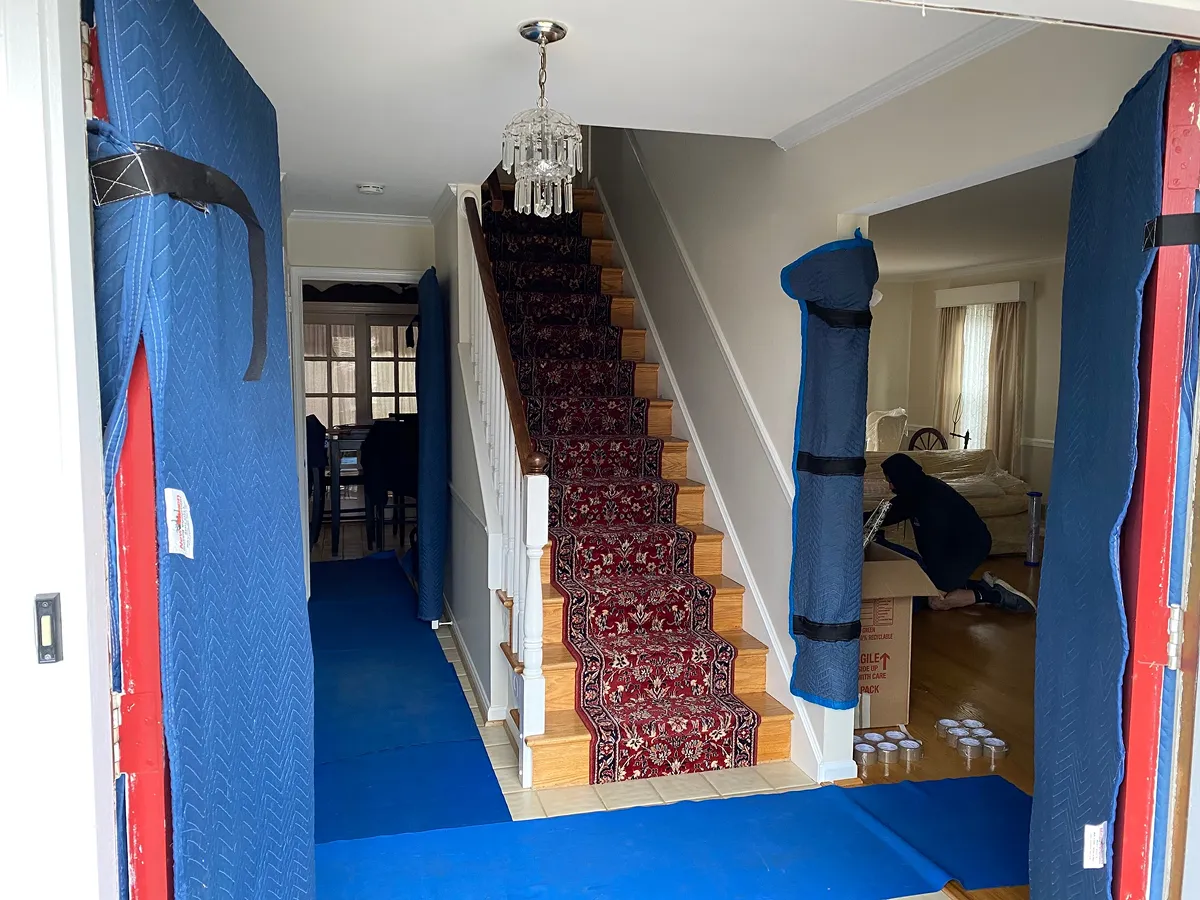
Materials That Make a Difference
The right supplies are your first line of defense against moving damage. Investing in quality materials can save you time, money, and frustration. Here are some of the most effective options for protecting your home’s surfaces:
- Moving Blankets and Pads: Thick, padded blankets are ideal for draping over furniture and appliances, as well as taping to walls in tight spaces. They absorb impact and prevent direct contact between heavy items and delicate surfaces.
- Floor Runners and Carpet Protectors: These long, non-slip mats shield hardwood, tile, and carpeted floors from dirt, moisture, and scratches. They’re especially useful in high-traffic areas and entryways.
- Cardboard Sheets and Foam Boards: Lightweight and easy to cut, these materials can be taped to walls, corners, or door frames to create a temporary barrier against scrapes and bumps.
- Painters Tape: Unlike duct tape, painter’s tape is gentle on paint and finishes, making it perfect for securing protective materials without leaving residue.
- Corner Guards: Foam or plastic protectors that slip over wall corners to absorb impact and prevent chipping or denting.
- Furniture Sliders: Placed under heavy items, these make it easier to move furniture without dragging or scratching floors.
How to Protect Floors During a Move
Understanding Floor Vulnerabilities
Floors take a beating on moving day. From muddy shoes to heavy appliances, the risk of scratches, dents, and stains is high. Each type of flooring, hardwood, tile, laminate, or carpet, requires a slightly different approach to protection.
Best Practices for Floor Protection
Before you start moving, take a few minutes to prepare your floors. This simple step can prevent hours of cleanup or repair work later.
- Lay Down Floor Runners: Cover all main pathways with non-slip runners or carpet protectors. This shields against dirt, moisture, and abrasion.
- Use Cardboard or Plywood for Heavy Items: For especially heavy furniture or appliances, place sheets of cardboard or thin plywood under the item to distribute weight and prevent dents.
- Apply Felt Pads to Furniture Legs: Stick felt pads to the bottom of chairs, tables, and sofas to prevent scratches when sliding items across the floor.
- Avoid Dragging: Always lift furniture when possible. If you must slide something, use furniture sliders or a moving dolly.
- Protect Carpeted Areas: Use plastic carpet film or old sheets to prevent stains and snags, especially in high-traffic zones.
How to Protect Walls, Corners, and Door Frames
Identifying High-Risk Areas
Walls, corners, and door frames are particularly susceptible to damage during a move. Tight hallways, narrow stairwells, and sharp turns increase the risk of accidental bumps and scrapes. Large or awkwardly shaped items, such as mattresses and sofas, are the most common culprits.
Effective Wall and Corner Protection Techniques
A combination of padding, planning, and careful maneuvering is key to keeping your walls and corners safe.
- Install Corner Guards: Place foam or plastic guards on all exposed corners along your moving path. These are especially important in hallways and stairwells.
- Pad Door Frames: Wrap door frames with moving blankets, foam tubing, or cardboard, securing them with painter’s tape.
- Attach Moving Blankets to Walls: In tight spaces, tape moving blankets or foam sheets directly to the wall to absorb impact.
- Use Spotters: Assign someone to guide large items through tricky areas, ensuring slow and steady movement.
Planning Your Route
Before you start moving, map out the best route for each large item. Measure doorways, hallways, and corners to ensure your furniture will fit. Remove obstacles and open doors fully to create as much space as possible. This simple step can prevent most accidental wall and corner damage.
Special Considerations for Stairwells and Multi-Level Homes

Stairwell Challenges
Stairwells present unique challenges during a move. The combination of narrow spaces, sharp turns, and elevation changes increases the risk of wall and railing damage. Large items like mattresses, couches, and appliances are particularly difficult to maneuver in these spaces.
Protecting Stairwells Effectively
To protect stairwell walls, use a combination of moving blankets, foam sheets, and careful technique. Secure padding along the entire length of the stairwell, focusing on turns and landings where impacts are most likely.
- Line the Walls: Attach moving blankets or foam sheets to the stairwell walls using painter’s tape. Overlap the padding for full coverage.
- Protect Railings: Wrap railings with blankets or bubble wrap to prevent scratches and dents.
- Assign a Spotter: Have one person guide the item from above and another from below, ensuring steady movement and clear communication.
DIY vs. Professional Movers: What’s Best for Floor and Wall Protection?
When to Go DIY
If you’re moving a small number of items or have experience with moving, you may be able to handle floor and wall protection yourself. Just be sure to gather all necessary supplies in advance and enlist help for heavy or awkward items.
The Value of Professional Movers
For larger moves, or if your home has delicate finishes or tight spaces, hiring professional movers can be a smart investment. Experienced movers like Reputation Movers come equipped with all the necessary materials and know-how to protect your property from start to finish.
- Expert Techniques: Professional movers are trained to maneuver furniture around tight corners, up stairwells, and through doorways without causing damage.
- Customized Protection Plans: Movers assess your home’s layout and create a tailored protection strategy for every move.
- Attention to Detail: From the first box to the last piece of furniture, professionals treat your home with the utmost care and respect.
Common Mistakes to Avoid When Protecting Floors and Walls
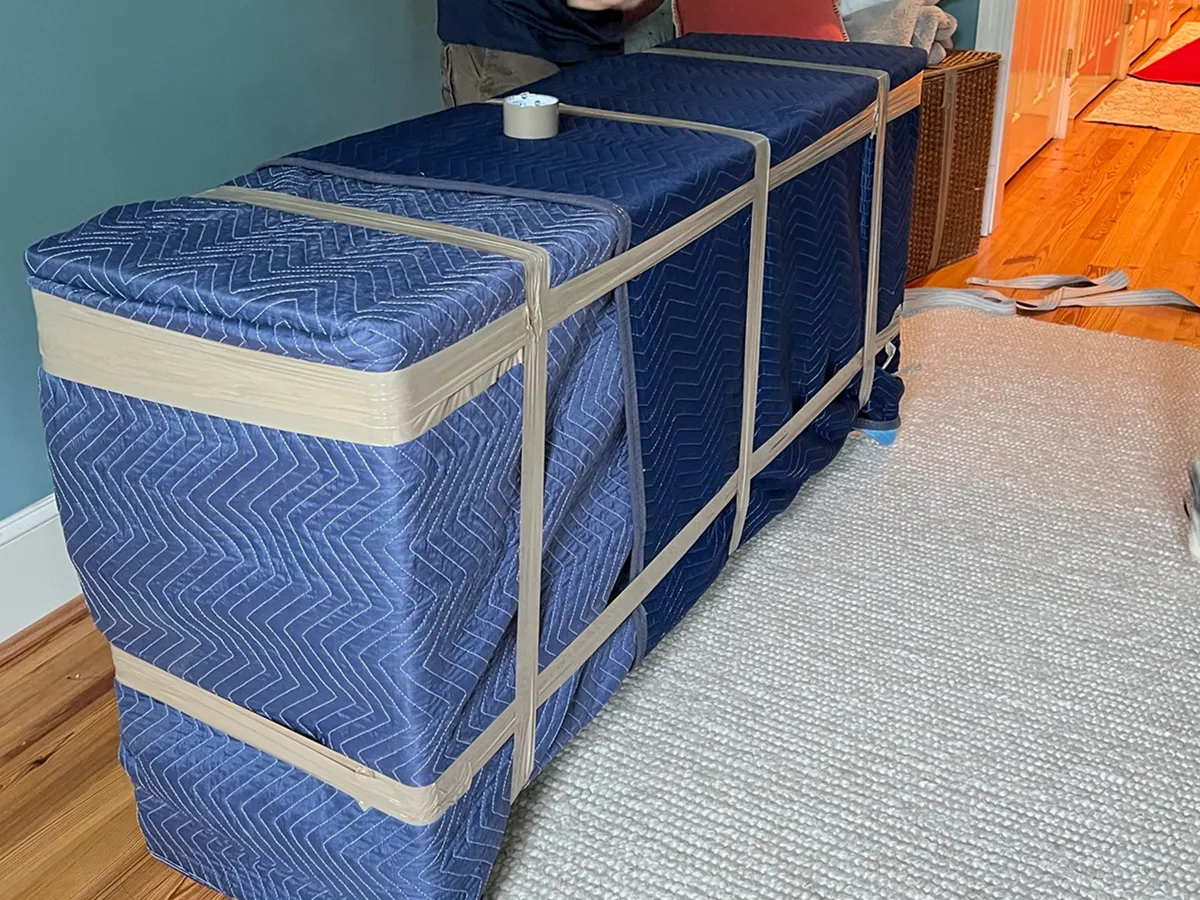
Skipping Padding in Tight Spaces
It’s tempting to skip padding in areas that seem easy to navigate, but tight spaces are where most damage occurs. Always pad corners, stairwells, and door frames, even if you think you can clear them easily.
Using the Wrong Tape or Adhesives
Never use strong adhesives or duct tape directly on painted walls or woodwork. These can peel paint or leave behind sticky residue. Stick to painter’s tape for all temporary installations.
Underestimating Large or Awkward Items
Large, heavy, or awkwardly shaped items are the most likely to cause wall and floor damage. Plan your route, use extra padding, and enlist help to move these items safely.
Frequently Asked Questions About Floor and Wall Protection
Can I use bubble wrap to protect walls and floors?
Bubble wrap can provide some cushioning, but it’s best used for wrapping furniture and fragile items. For wall and floor protection, moving blankets, foam sheets, or cardboard offer better coverage and impact absorption.
How do I protect floors in a rental property?
Use non-damaging materials like floor runners, felt pads, and painter’s tape to avoid risking your security deposit. Take photos before and after the move to document the condition of the floors.
What if I accidentally damage a wall or floor during the move?
If damage occurs, document it immediately and notify your moving company if you’re using one. Professional movers like Reputation Movers are insured and can help address any issues that arise.
Final Tips for a Damage-Free Move in Alexandria, VA
Prepare in Advance
Don’t wait until moving day to start thinking about floor and wall protection. Gather your supplies ahead of time and pad all high-risk areas before the first item is moved. Walk through your home and identify tight spots, sharp corners, and narrow doorways that need extra attention.
Move Slowly and Carefully
Rushing increases the risk of accidents. Take your time, communicate with your team, and use spotters to guide large items through tricky areas.
Trust the Experts for Peace of Mind
If you want to ensure your move is as smooth and damage-free as possible, consider hiring professionals who specialize in protecting homes during the moving process.
Choose Reputation Movers for Expert Floor and Wall Protection in Alexandria, VA
Protecting your floors and walls is a crucial part of a successful move. With the right supplies, careful planning, and expert techniques, you can avoid costly repairs and keep your home looking its best. Reputation Movers brings years of experience, professional-grade materials, and a commitment to careful, respectful service to every move in Alexandria and throughout Northern Virginia.
If you want peace of mind and a damage-free move, trust Reputation Movers to handle every detail, including floor and wall protection. Contact us today for a free quote or to learn more about our moving services. Let us help you move safely and confidently into your new home!
.webp)

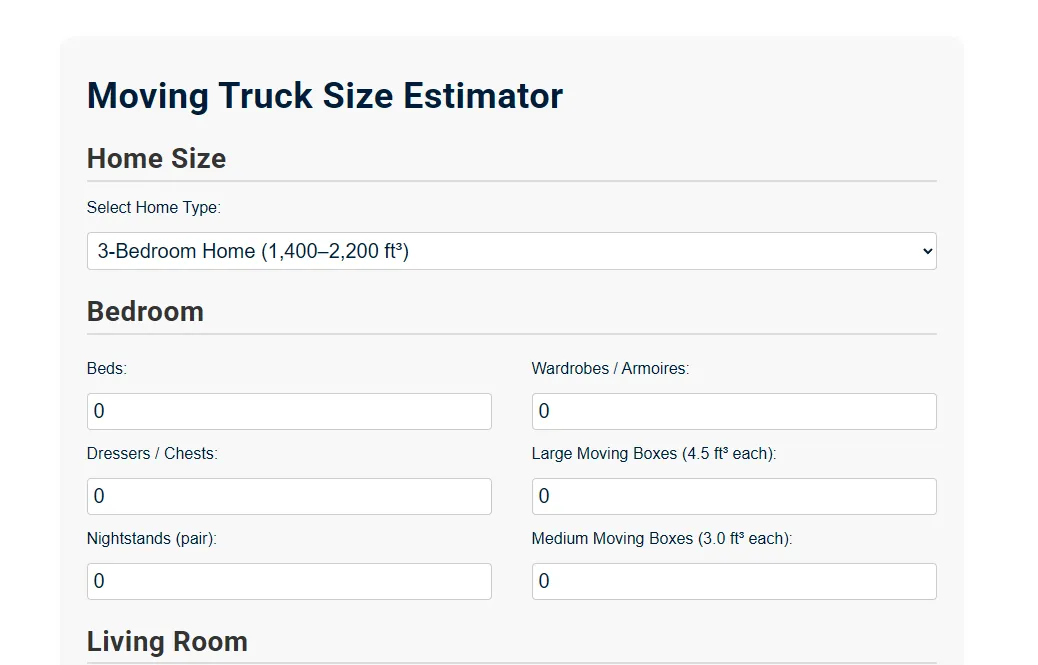
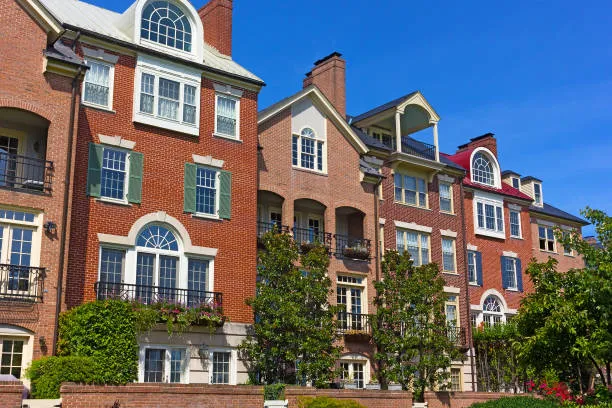

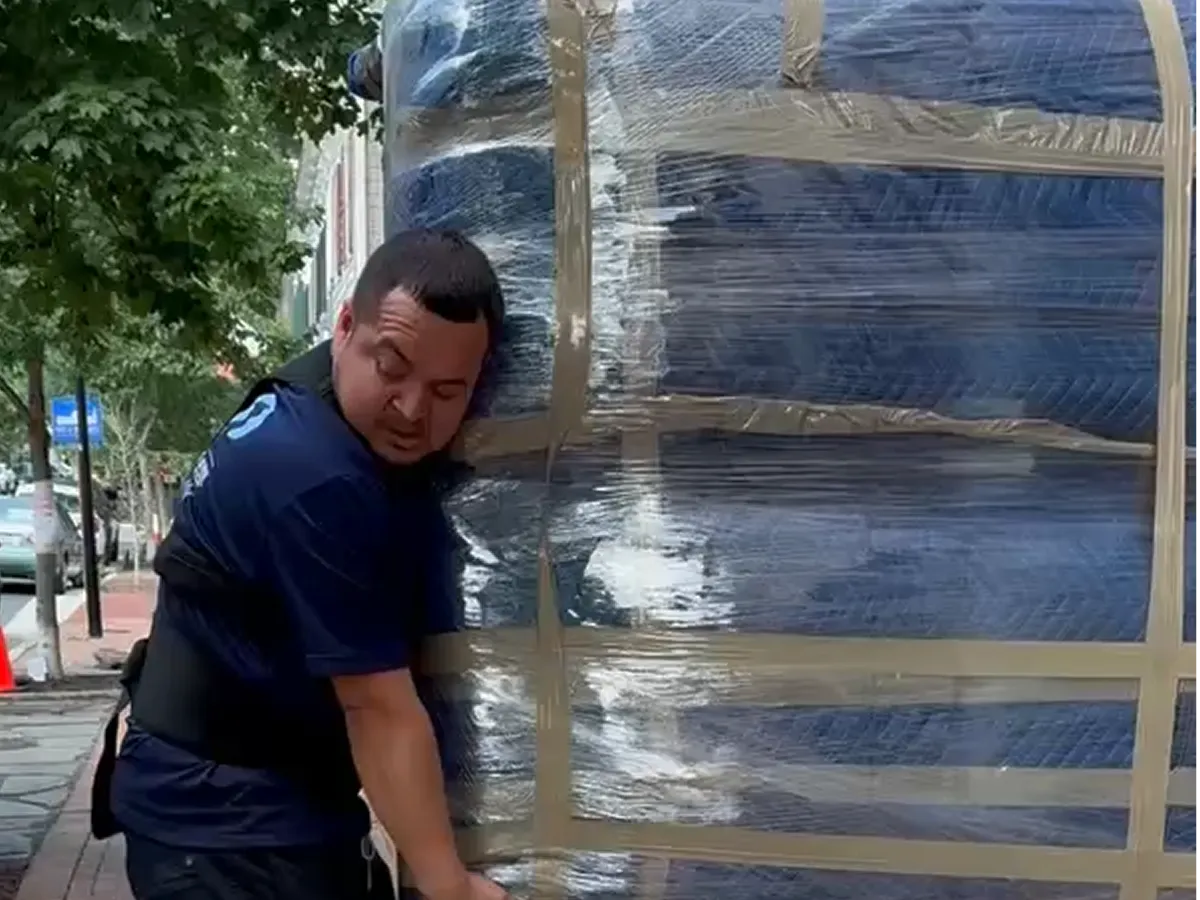
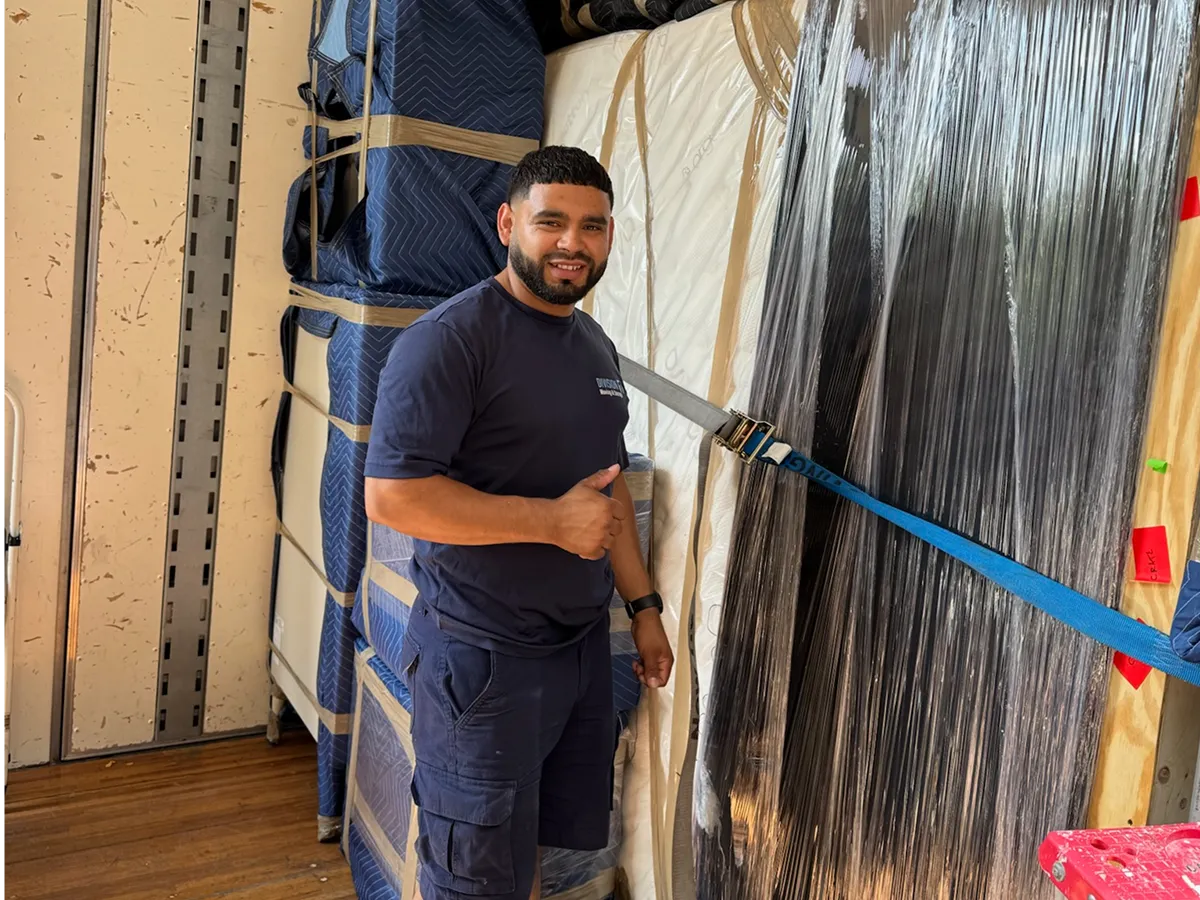


.webp)
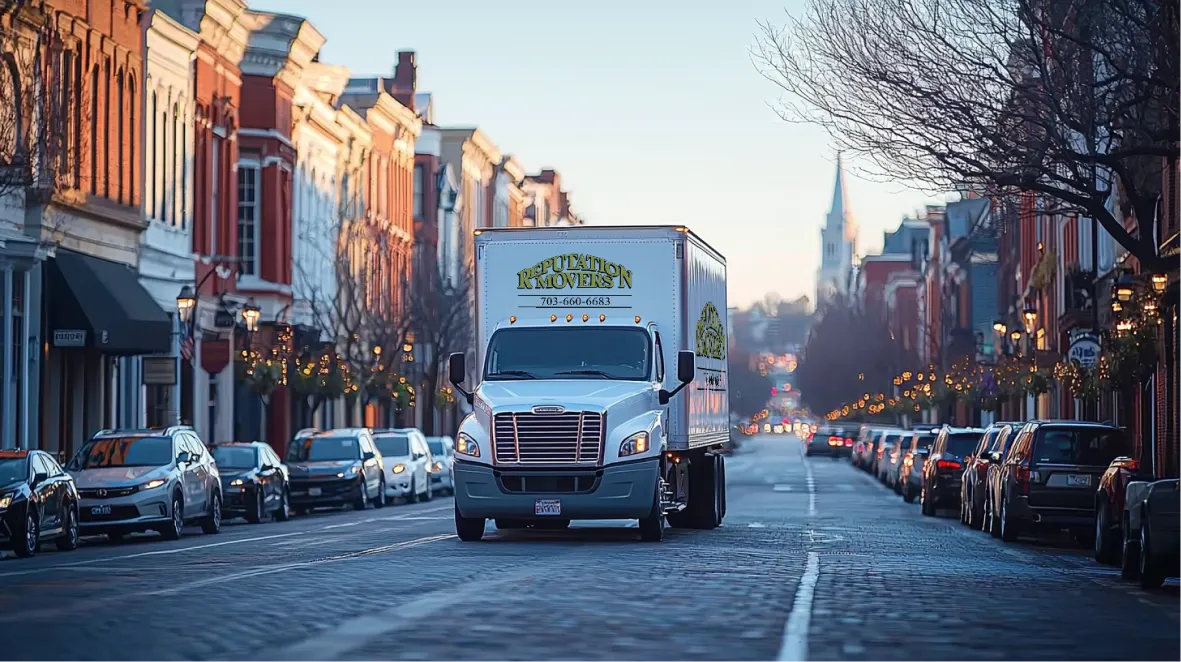
.webp)
























.png)